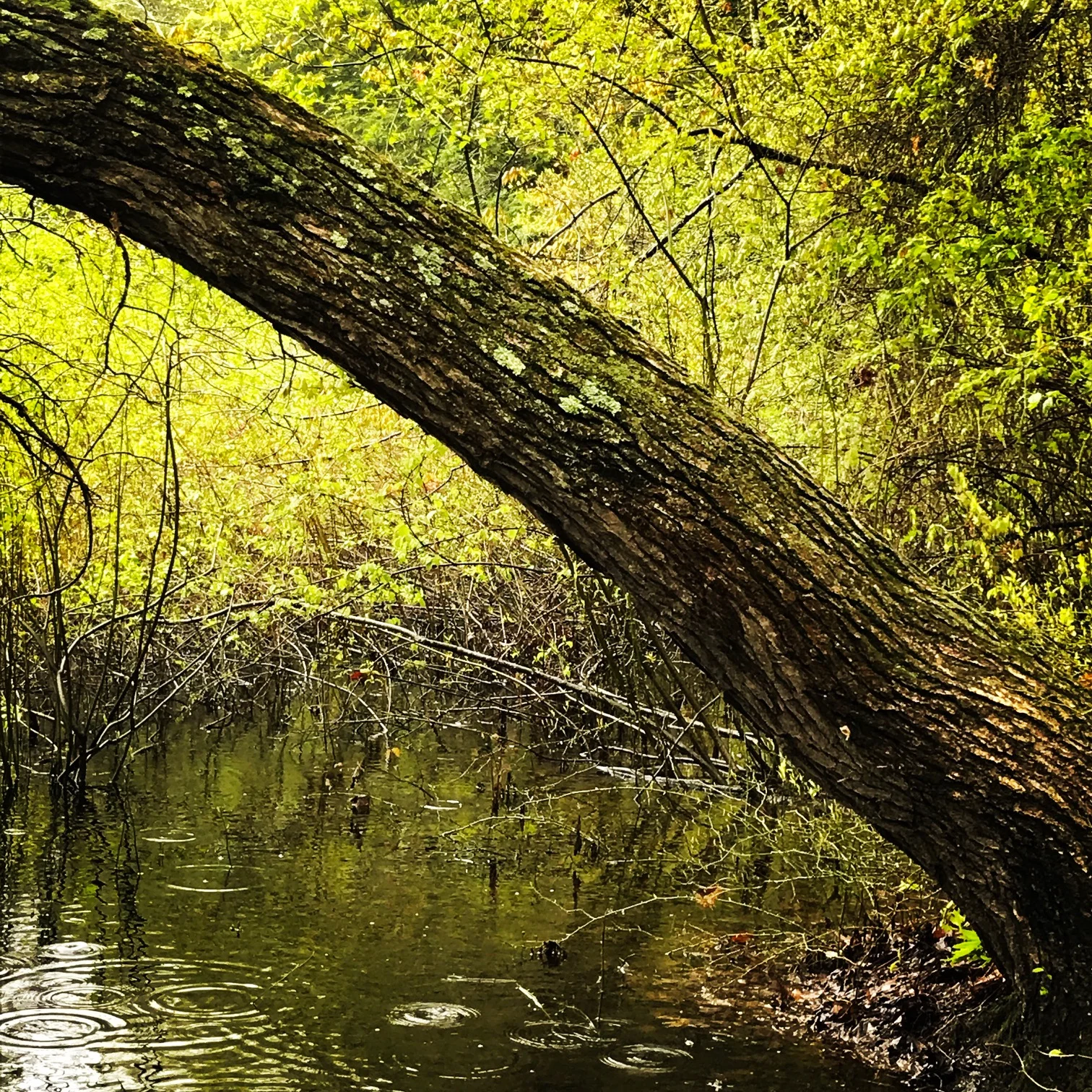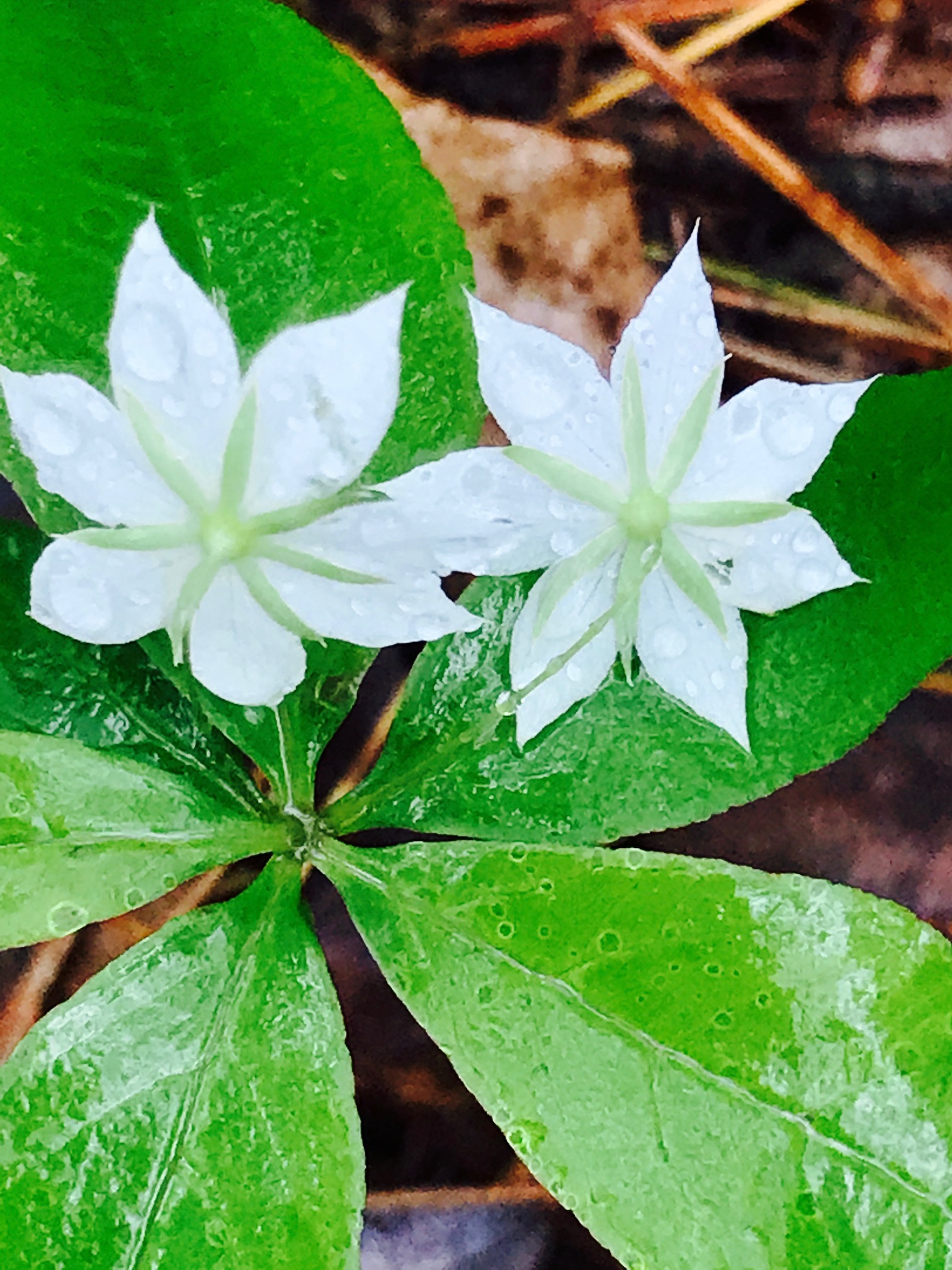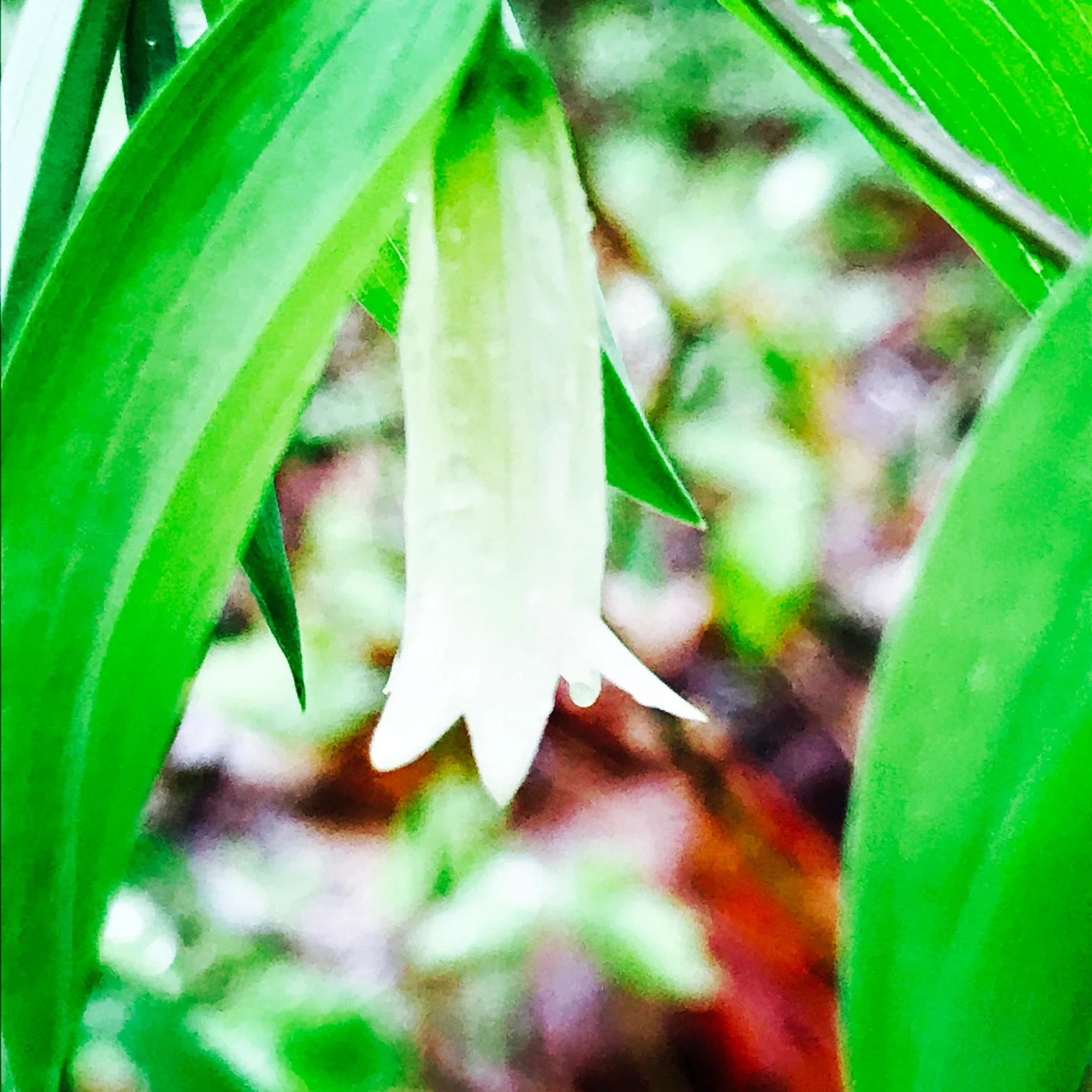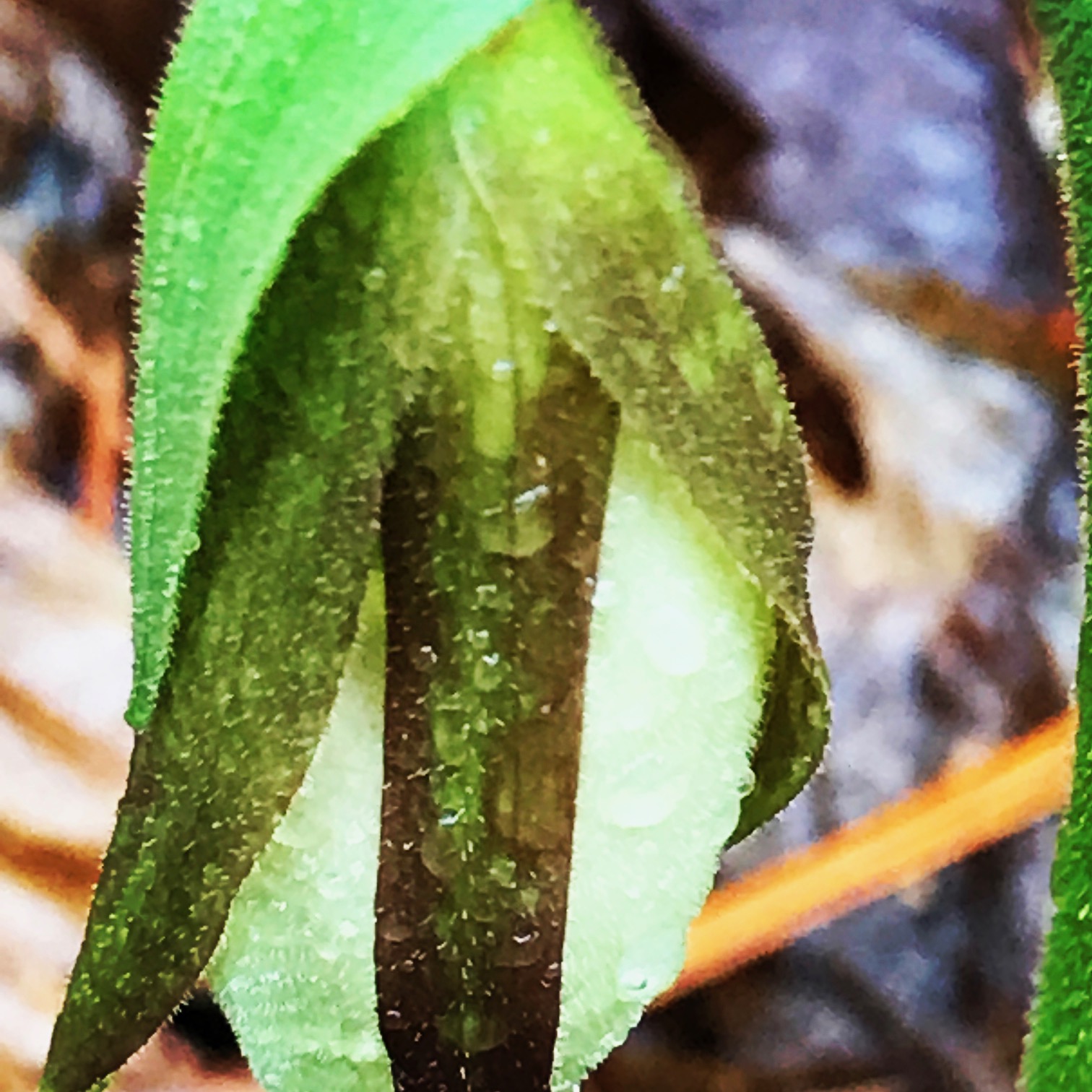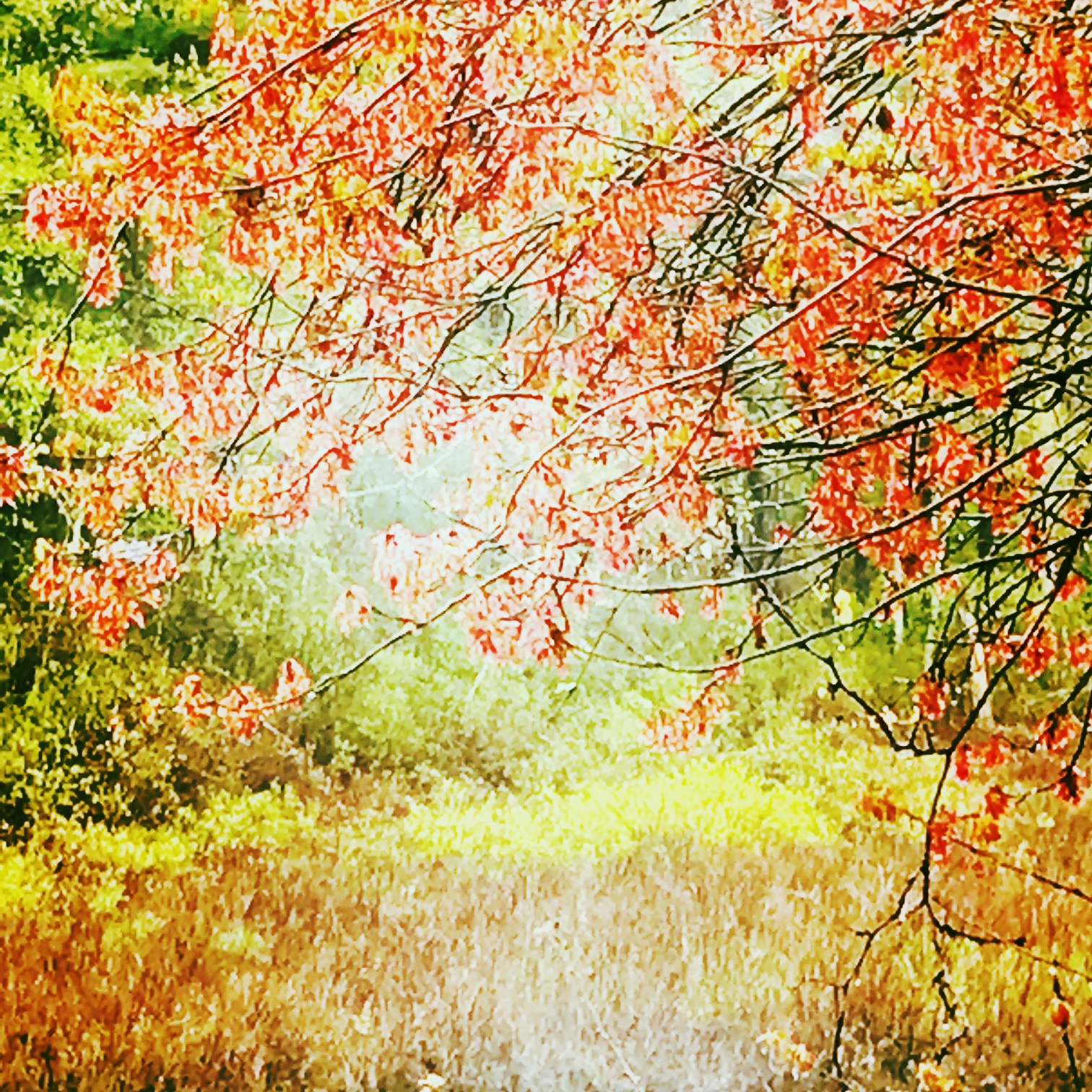#NewThisDay Writing From My Photo Stream
Black Cherry
Sunday Sanctuary: Today is Mother's Day, a rainy cold one. But, my early walk begins with this brand new delight - a branch of white blossoms by the side of the trail. I don't know this plant's name. After returning home, I search my "Wildflowers of New England Guide," but there are so many white blooming wild flowers in May.
Then, it occurs to me that it's a tree, not a flower, and so I finally find it: Prunus serotina. Black cherry, I discover, is a pioneer species. Last week I wrote the first drafts of a new poem, O Pioneer, about childhood play in the woods, so I'm intrigued about the idea of this very young black cherry tree being considered a pioneer. I wonder if there's a place for the black cherry in my poem:
What is a Pioneer species?
From Wikipedia, the free encyclopedia
Pioneer species are hardy species which are the first to colonize previously disrupted or damaged ecosystems, beginning a chain of ecological succession that ultimately leads to a more biodiverse steady-state ecosystem. . . Since some uncolonized land may have thin, poor quality soils with few nutrients, pioneer species are often hardy plants with adaptations such as long roots, root nodes containing nitrogen-fixing bacteria, and leaves that employ transpiration. Note that they are often photosynthetic plants, as no other source of energy (such as other species) except light energy is often available in the early stages of succession, thus making it less likely for a pioneer species to be non-photosynthetic. The plants that are often pioneer species also tend to be wind-pollinated rather than insect-pollinated, as insects are unlikely to be present in the usually barren conditions in which pioneer species grow; however, pioneer species tend to reproduce asexually altogether, as the extreme or barren conditions present make it more favorable to reproduce asexually in order to increase reproductive success rather than invest energy into sexual reproduction. Pioneer species will die creating plant litter, and break down as "leaf mold" after some time, making new soil. . .
All photos and text copyright Kelly DuMar 2017 unless otherwise attributed

